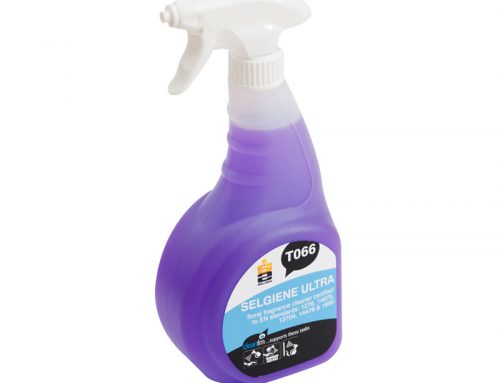Why do We Need Lint-free Rags?
Most people who have used cheap cleaning cloths at home can relate to the experience of applying cleaner to a window or kitchen surface, only to have their job ruined by lint that remains on the surface when they wipe it away.

This lint is very difficult to remove and will become stuck in place as the water or detergent dries; it is one of the key reasons that our range of lint-free cloths is so extensive.
In a domestic environment, this is merely irritating. In some industrial contexts, however, it can be disastrous. Where surfaces require critical cleaning, such as when cleaning instrument parts or preparing a surface for painting, there cannot be any residue left over from the cleaning.
What is Lint?
The term lint was originally applied to a type of linen fabric often used in bandages. (This use has thankfully been discontinued in favour of microfiber bandages.) Nowadays lint denotes any small fibre that detaches from the surface or edges of the cloth during the manufacturing process.
Linting is a common problem for all cleaning rags made of wool, cotton, or linen. It isn’t a problem with the material per se, but with the way the cloths are manufactured. The issue becomes more pronounced in older rags and in those that are used more than once.
Our Cloths – The Answer To Surface Residue
Some of the best lint-free products come from hotel products that have been laundered many times, which removes most of the loose fibres and threads. Two examples would be Premium White Sheeting and White Linen Rags. Other products have excellent lint-free properties due to the way they are manufactured. These include some non-woven cloths, with hydroentangled cotton, for example, the Blue Multi Roll Hydro Wipers, or Smartora Multi Cloth Wipers. Have a look at our range of lint free cloths – many of which are made in an eco-friendly way from recycled textiles – or give us a call on 0161 848 8008




